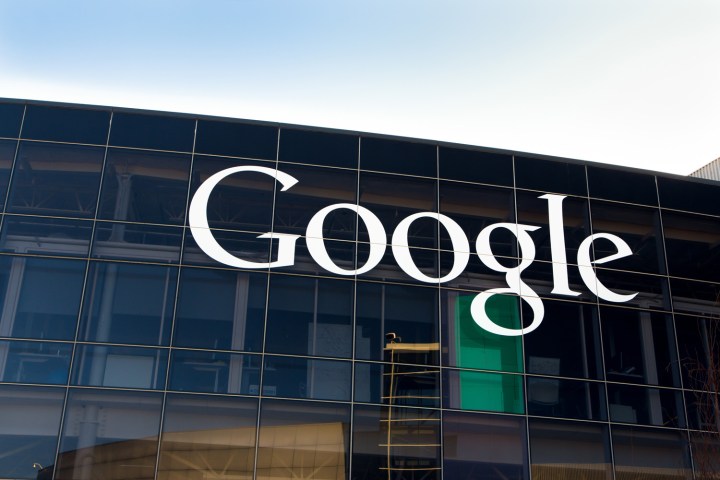
Google confirmed it was experimenting with ratings to blog Search Engine Land and says that the feature is currently only experimental and that it has no official announcements beyond that.
Unlike other movie rating websites, Google’s new feature offers only two options: like or dislike. So, instead of giving a movie a rating out of five stars, for example, you will have to decide whether you think a movie is good or bad.
Sure, the feature itself may not be all that interesting, but what is interesting is that Google is taking on entire industries with a simple tweak to its search results. Not only that, but Google’s search seems to be getting more and more useful every week. There was a time when it only returned links to websites — now you can find all kinds of information without ever having to click on a website in the first place, making using the search engine a lot more convenient.
Within the movie rating search results, users will also be able to see ratings from Rotten Tomatoes and IMDb, as has always been the case. It’s just that now, alongside those results you will also get user ratings from Google Search.
It’s not yet clear exactly when, or even if, the new feature will be rolled out to users but if the testing is successful, we can expect to see it in our search results within the next few months.

